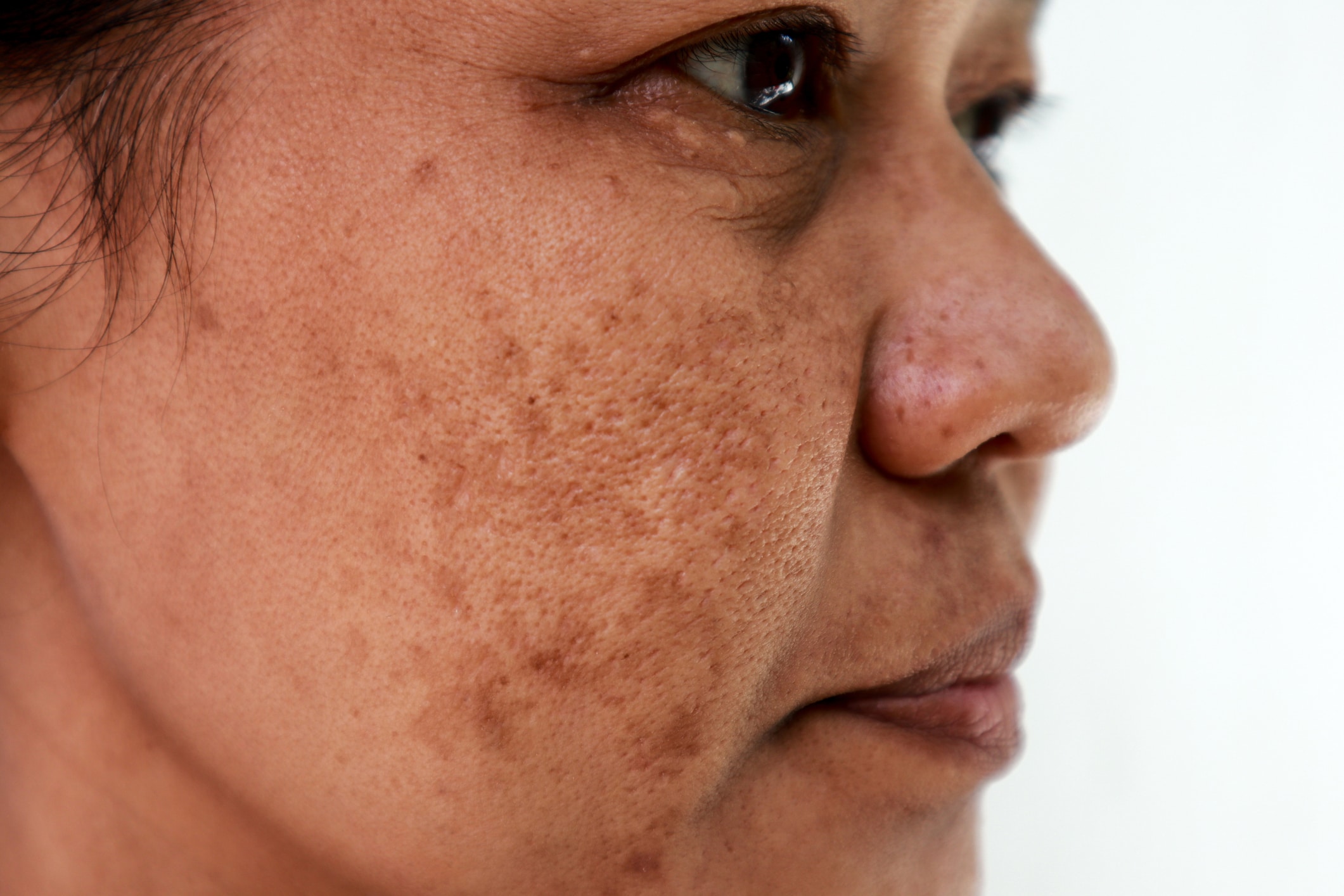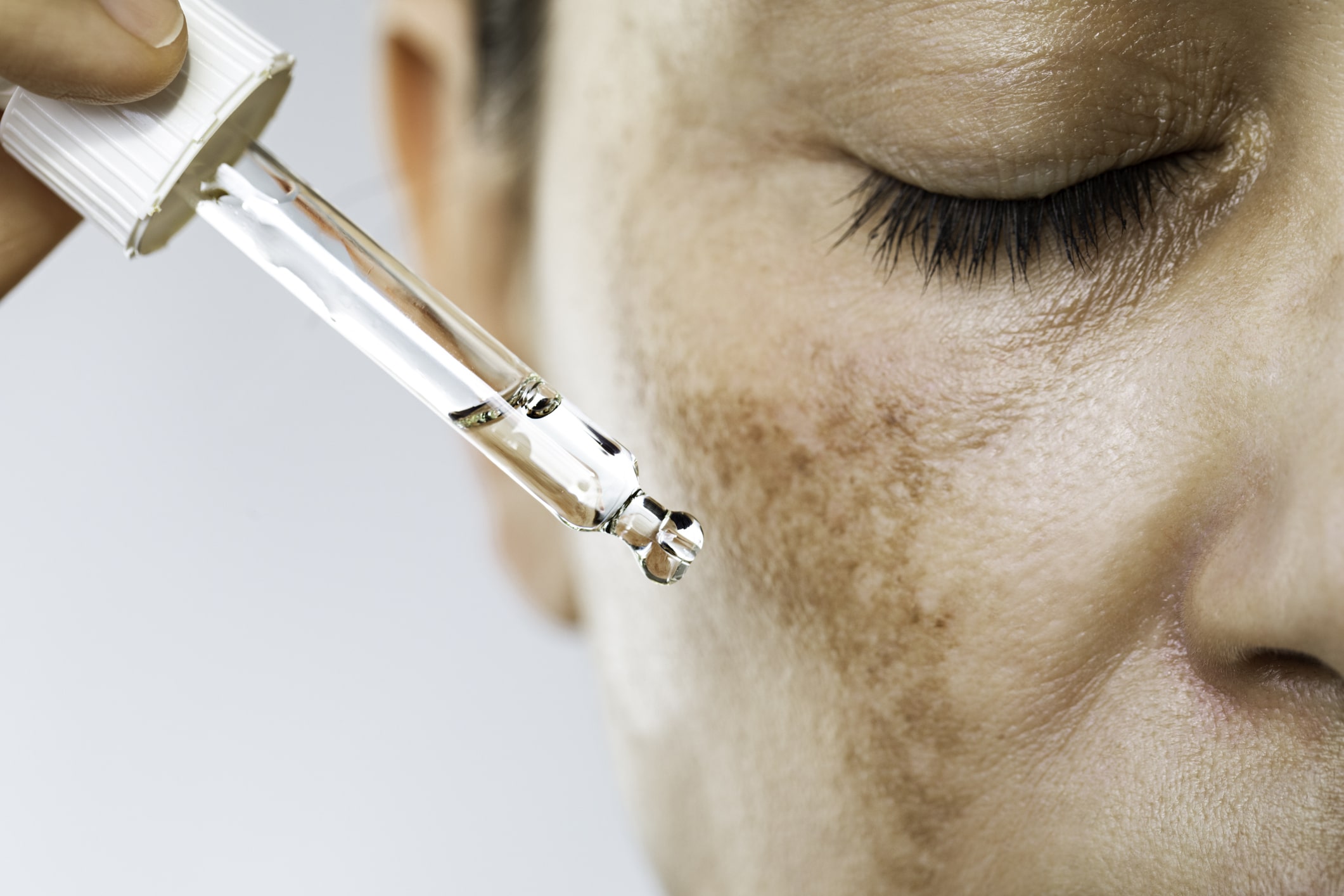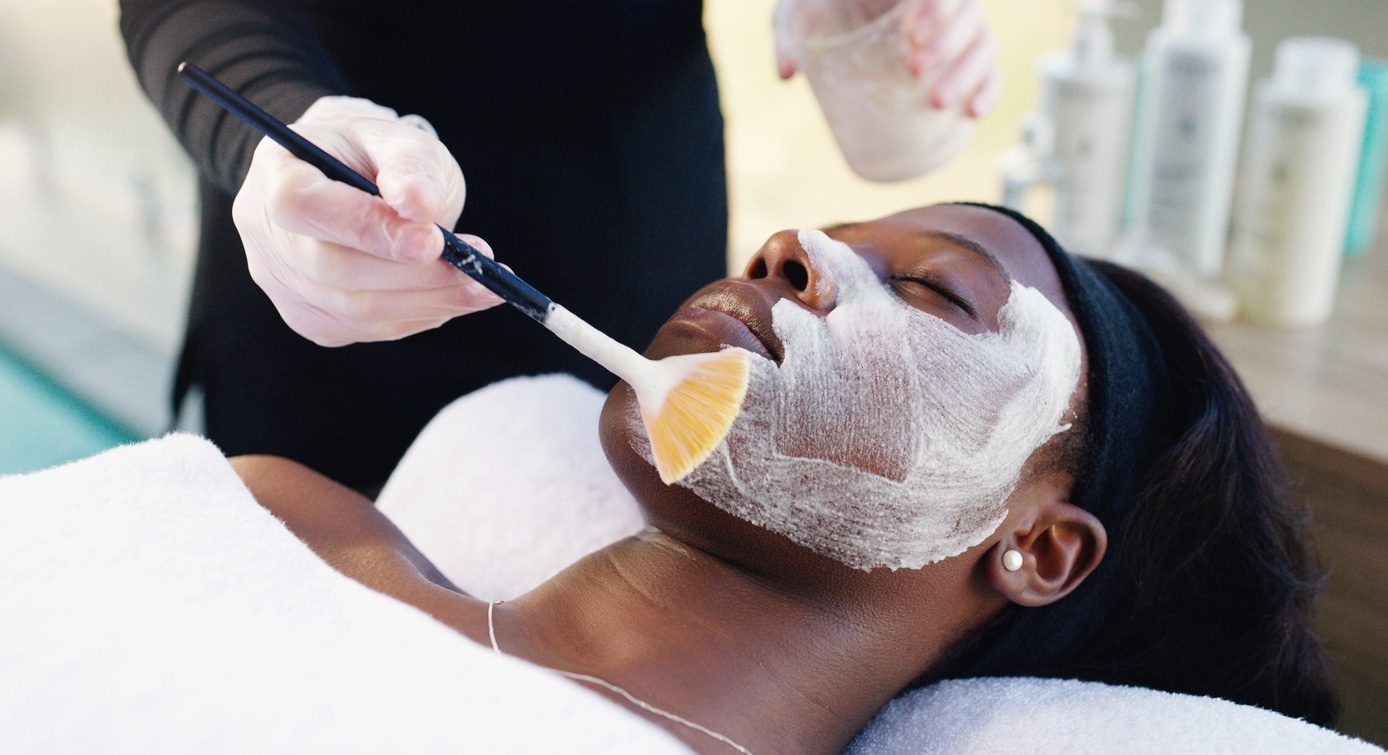Post-inflammatory hyperpigmentation can occur in all skin types and typically results from skin trauma or inflammation.

Post-inflammatory hyperpigmentation, or PIH, is localized dark areas on the skin, as a result of trauma and/or inflammation. It can occur in all skin types, but it is most present in those with darker skin tones. PIH is asymptomatic and ranges in color from brown to grayish patches.

There are many reasons as to why inflammation can occur in the skin. They include acne, infection, allergy, drug reaction, injury/trauma and sun damage. As a result of the inflammation, the skin produces an excessive amount of melanin, which causes the visible dark patches.

Treatment of the underlying cause is the first step to control and manage PIH. In those with darker skin tones, it may take many months to fade. PIH can be made worse by picking, scratching or rubbing the affected areas. Sunscreen is a very important part of your treatment plan. It prevents further damage and darkening of the skin by the sun.
Various topical bleaching agents, such as hydroquinone, may be used to help fade the dark patches. Retinols are also suggested to be used in combination with lightening products. Patients may also receive in office treatments that help lighten the pigmented areas. They include microdermabrasion, dermaplaning and chemical peels. Certain lasers, such as the Clear + Brilliant Perméa, are also used to treat hyperpigmentation.